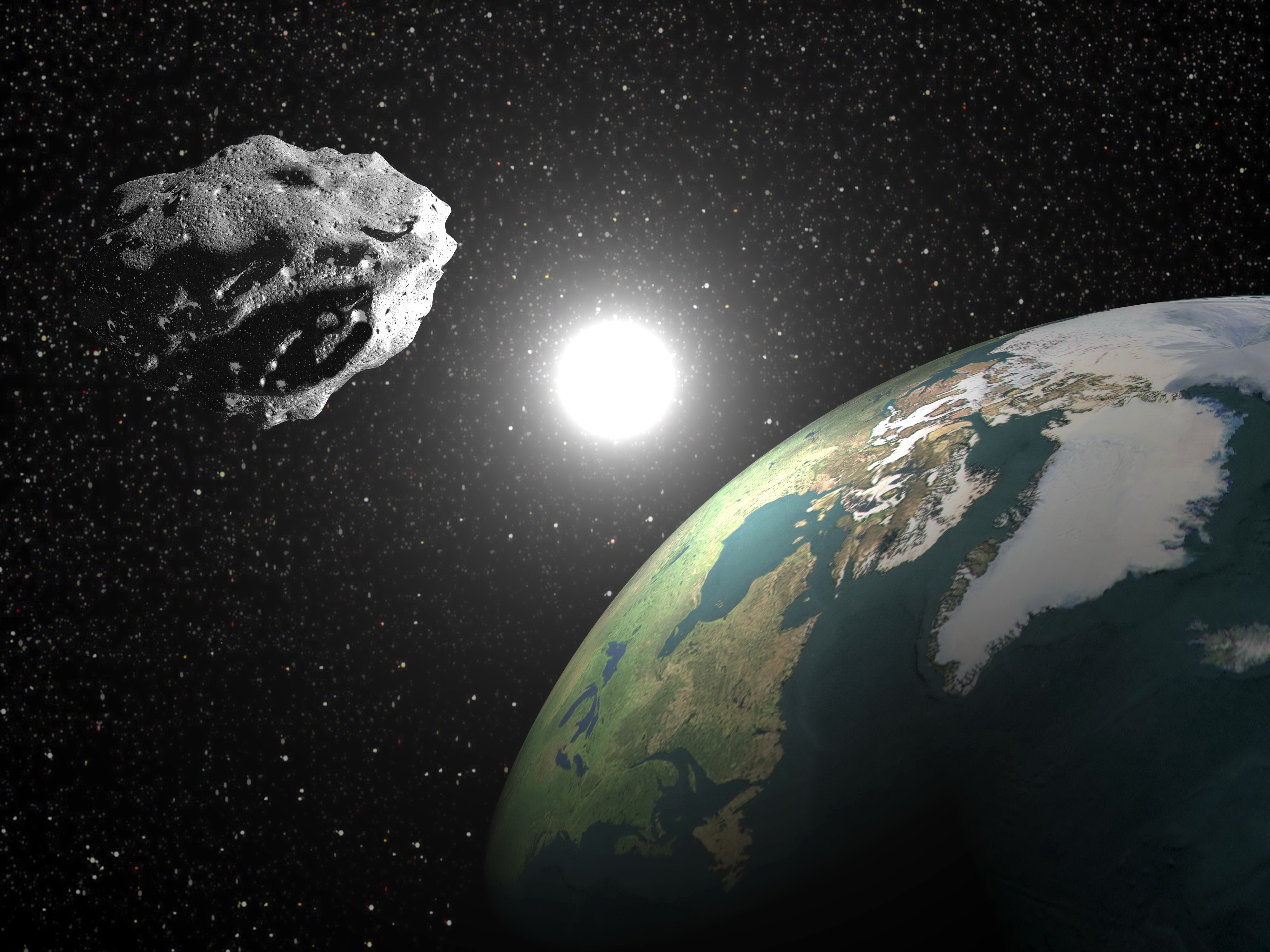
Massive asteroid will pass by Earth on September 1st
The largest near-Earth asteroid scientists have ever tracked will pass by the planet on September 1st, 2017. Asteroid Florence will safely dodge the Earth at a distance of 4.4 million miles, or over 18 times the distance from the Earth to the moon. While NASA‘s preliminary measurements indicate Asteroid Florence spans 2.7 miles, radar images captured during the event will reveal its actual size.
Paul Chodas is the manager of NASA’s Center for Near-Earth Object Studies (CNEOS) at the Jet Propulsion Laboratory in Pasadena, California.
“While many known asteroids have passed by closer to Earth than Florence will on September 1, all of those were estimated to be smaller,” said Chodas. “Florence is the largest asteroid to pass by our planet this close since the NASA program to detect and track near-Earth asteroids began.”
The relatively close path of Asteroid Florence will give scientists a rare opportunity to study the asteroid. The massive rocky body is predicted to be an ideal target for radar imaging, which will take place at NASA’s Goldstone Solar System Radar in California and at the National Science Foundation’s Arecibo Observatory in Puerto Rico. The resulting images will show surface details as small as 30 feet.
Asteroid Florence was named after Florence Nightingale in 1981 when it was discovered by Schelte “Bobby” Bus at an observatory in Australia. The 2017 event will be the closest encounter this asteroid has had with Earth since 1890, and it will not come this close to the planet again until after the year 2500.
In late August and early September, Florence will brighten to the ninth magnitude, making it visible in small telescopes for several nights. The illuminated asteroid will move through several constellations including Piscis Austrinus, Capricornus, Aquarius, and Delphinus.
According to NASA, radar has been used to observe hundreds of asteroids. This provides scientists with data to study an asteroid’s size, shape, surface features, roughness, rotation, and orbital path.
—
By Chrissy Sexton, Earth.com Staff Writer













